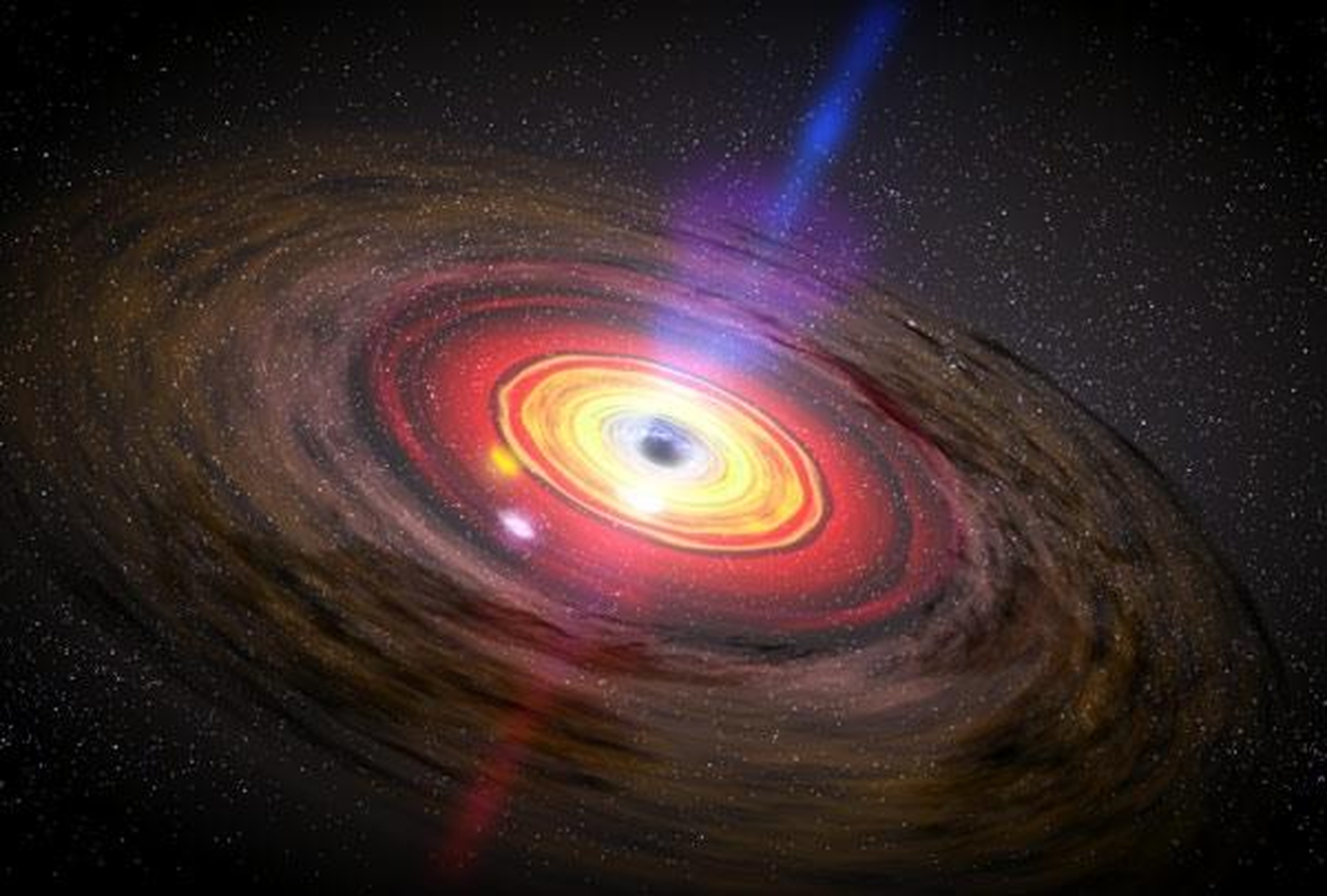Overview
The James Webb Space Telescope (JWST) has ushered in a transformative era in our understanding of our cosmic origins. While galaxies serve as a fundamental building block of the universe, yet how they formed has remained enigmatic owing to our inability to observe them at early cosmic times. Now, in just its first two years of operation, JWST has already upended our understanding of galaxy and black hole growth in the early universe. In this talk I will discuss some of the surprising results that have come out of our work with JWST and their impact on our understanding of the formation and evolution of galaxies. We have uncovered unexpectedly mature galaxies in the early universe, detected ultra-luminous systems that push the boundaries of our observational frontier, and found supermassive black holes far more massive than theoretical predictions. Furthermore, through a novel method to measure kinematics, we have identified a monstrous rotating disk galaxy merely one billion years after the Big Bang. These findings collectively suggest that both galaxies and black holes underwent remarkably rapid early growth, defying predictions from theoretical models. I’ll conclude with a discussion of where the field is moving and the rich discovery space in this new era of extragalactic astrophysics.
